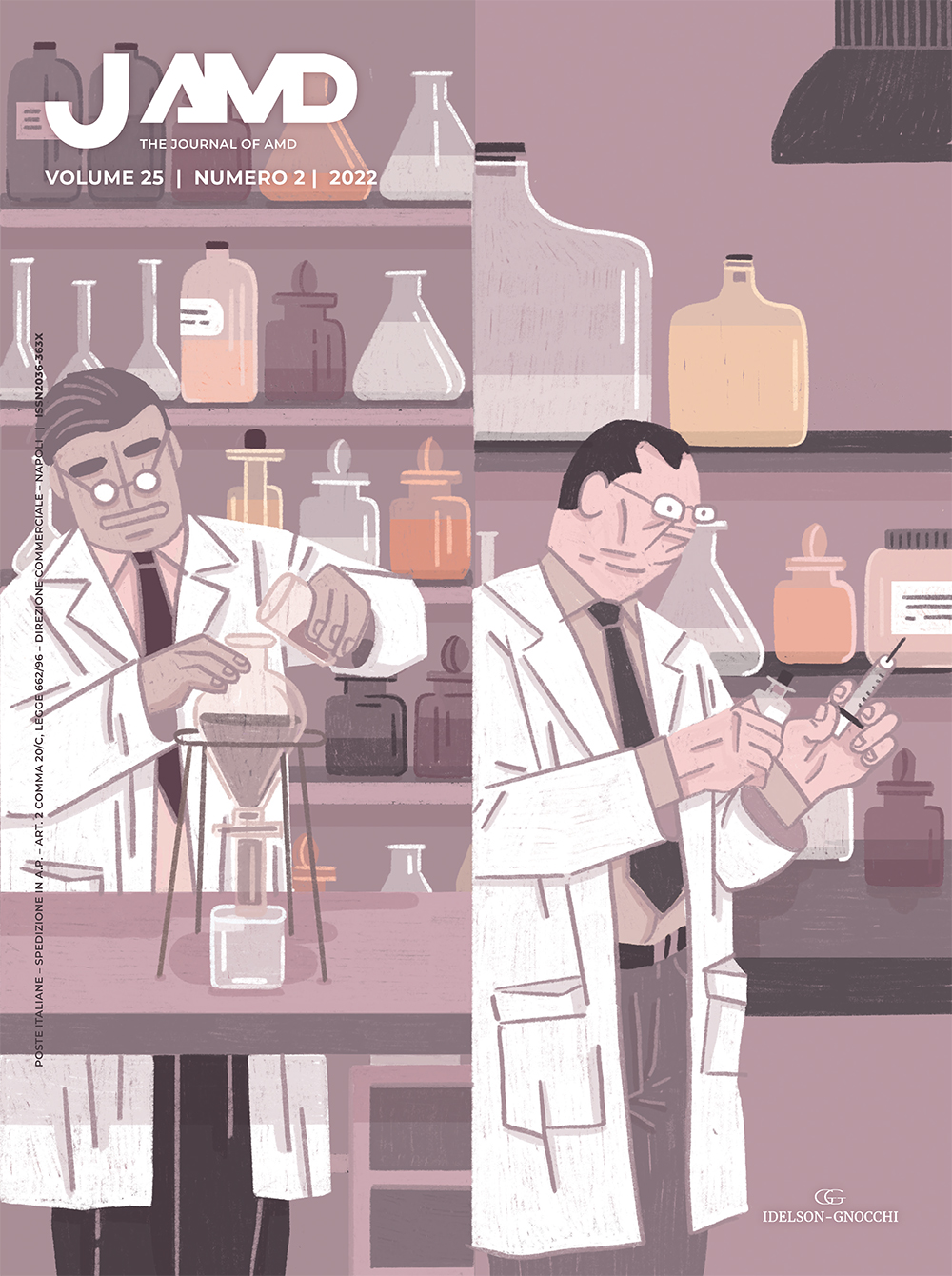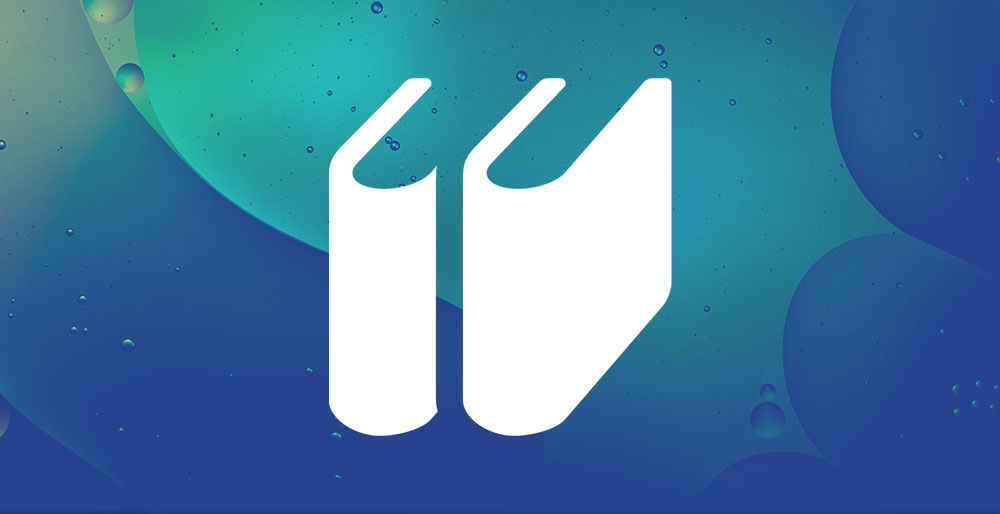Diabetes in the post-Covid scenario: the AMD vision
JAMD 2022;25(2):86-87
Original articles
The discovery of the antidiabetic hormone and the myth of Banting and Best
JAMD 2022;25(2):88-96
In 2021, celebrations abounded for the 100th anniversary of the discovery of insulin, underlining in particular the role of Banting and Best. We have conducted a comprehensive review on the organotherapy of experimental and human diabetes mellitus, and we have concluded that research conducted in Europe between 1889 and 1921 was decisive for the discovery of the antidiabetic hormone. In accordance with the premise of the “priority rule”, three European researchers pioneered the discovery: E. Gley (Paris, 1905), G. Zülzer (acomatol, Berlin 1908) and N. Paulescu (pancrein, 1920).
The socio-economic and political circumstances of the First World War and the inter-war period critically influenced the delay in European research into the purification of pancreatic extracts. Researchers at the University of Toronto did not discover the antidiabetic hormone. Their main achievement was the purification of the pancreatic extract, which made possible the clinical introduction of insulin in 1922. Thanks to the research of medical historians (especially M. Bliss), it was possible to dismantle the myth of Banting and Best, which is still accepted by many diabetes institutions and associations.
KEYWORDS antidiabetic hormone; insulin discovery; insulin centennial; acomatol; pancreina.
Insulin: 100 years but not over the hill! A treatment with potential for renewal
JAMD 2022;25(2):97-104
Insulin is still a fundamental treatment for a number of patients with diabetes. A century after its discovery, new analogs are ready to become available and further enhance the molecule pharmacokinetics and pharmacodynamics, both in terms of sustained effect (for weekly basal insulin) and speed of action (for ultra-rapid analogs). Besides, smart pens and new devices will help with insulin administration, also providing digital support for dose calculation, injections tracking and analysis and, hopefully, being beneficial for the economy and the planet ecosystem. Finally, future research is oriented towards the development of oral insulin and smart, gluco-sensitive insulin. The story of insulin is still ongoing and much is yet to see.
KEYWORDS insulin; weekly basal insulin; ultra-rapid insulin; smart pen; smart insulin.
Semaglutide e dulaglutide: comparative effectiveness analysis e disparità nel Piano Terapeutico Regionale
JAMD 2022;25(2):105-111
OBJECTIVE There is a clear discrepancy in access to new drugs in the various Italian regions. For the clinician, it is not always easy to reconcile scientific evidence and current regulations, especially when the regional ones differ from the national ones. Before the “AIFA Nota 100, an emblematic case was the Therapeutic Plan (PT) for the prescription of GLP1-RA in the Sicily region, which lasts 6 months for all molecules, except for semaglutide (4 months). Thus, our center analyzed its data with a view to comparative effectiveness to document whether the disparities of PT find practical confirmation in the clinical impact of the two most recent GLP1-RAs available.
METHODS A retrospective observational study was conducted. The data of the first 50 patients treated with semaglutide were compared with those of the first 50 patients treated with dulaglutide in the period between June and December 2021. Changes in mean HbA1c levels, fasting blood glucose (FBG) and weight after the first and second follow-up visits were then assessed, which fell, as per PT, at 6 and 12 months for dulaglutide and at 4 and 10 months for semaglutide.
RESULTS At first follow-up, HbA1c was reduced by -0.8% (95% CI -1.1; -0.5) with semaglutide and by -0.5% (95% CI -0.9; -0.2) with dulaglutide, reaching similar levels (approximately 7.5%). The reduction was significant from baseline for both drugs, in spite of the earlier evaluation with semaglutide, while comparisons between drugs did not show statistically significant differences. At the second follow-up, the reduction in HbA1c was -1% in both groups, with statistically significant differences from baseline but no difference between the groups. Effectiveness was also documented on the reduction in FBG (up to -51 mg/dl with semaglutide and -38 mg/dl with dulaglutide) and weight(about -5 Kg with semaglutide and -3 Kg with dulaglutide) values, statistically significant within the groups at both the first and second follow-up, with more marked reductions with semaglutide than with dulaglutide, but without statistically significant differences between the groups.
CONCLUSIONS This study confirms the strategic importance of GLP1-RA in improving the clinical outcomes of subjects with uncontrolled type 2 diabetes and raises the issue of the urgent need to review access criteria for innovative drugs to ensure equity and value, especially if drugs belong to the same therapeutic class.
KEYWORDS regional health system; semaglutide; dulaglutide; effectiveness; health policy.
Relationship between Time in target and Glycosilated Haemoglobin in a cohort of Type 1 Diabetes paediatric patients with Continuous Glucose Monitoring vs Self- Monitoring Blood Glucose
JAMD 2022;25(2):112-119
OBJECTIVE OF THE STUDY In Type 1 Diabetes patients, Time in Target provides important glycometabolic control data and Glycosylated hemoglobin (HbA1c) could now be outdated by Time in Target. Some studies relating to the adult population with Type 1 Diabetes recognize the correlation between Time In Range (TIR%) and HbA1c%. The aim of this study is to evaluate this same relationship in a cohort of paediatric patients with Type 1 Diabetes using two different glycemic device.
DESIGN AND METHODS This is a retrospective observational study that evaluated 119 patients with Type 1 Diabetes (mean age 11,8±4,4), divided in two main groups, based on monitoring methods (66 CGM, 53 SMBG) and in two subgroups, based on insulin delivery methods (CSII or MDI). The aim was to find correlation between HbA1c% and Time in Target.
RESULTS HbA1c% – TIR% correlation was strongly in the CGM group and moderate in SMBG one. For an increase of TIR of 10%, HbA1c% reduced of 0.45 in the CGM group and 0.31 in the SMBG one. As further results we found that in CGM and SMBG groups the correlation between TDD and HbA1c resulted statistically significant (an increase of TDD corresponding with an increase in HbA1c) and that insulin delivery method (CSII or MDI) influences TDD only in CGM group: CSII=33 IU (±16,62) vs MDI= 19,5 IU (±16,37) and doesn’t influence HbA1c%: in CGM group CSII=7.4% (±1.08) vs MDI=7.7% (±1.00). In SMBG group: CSII=8.35% (±1.88) vs MDI=8.00% (±1.24).
CONCLUSIONS In line with the literature, for each increase of 10% in TIR there is a reduction of HbA1c values; in our study, HbA1c% changes by 0.45 in the CGM group and 0.31 in the SMBG group with inference on pediatric population. Furthermore, the use of CSII involves an increase in the TDD.
KEYWORDS type 1 diabetes; technology applied to diabetes; paediatrics; continuous glucose monitoring.
Reviews
Advanced hybrid closed-loop: review of the current systems available in Italy for the treatment of type 1 diabetes mellitus
JAMD 2022;25(2):120-129
AIM Pump therapy is recommended in people with DMT1 to achieve glycemic goals and a better quality of life. Aim of the study is to describe and compare Hybrid Closed-loop systems currently available in Italy.
MATERIAL AND METHODS Three different Hybrid Closed-loop systems currently used in Italy have been analyzed in literature and in their respective datasheets: MiniMed™ 780G with CGM Guardian and SmartGuard algorithm, Tandem t:slimX2 with CGM Dexcom G6 and Control IQ algorithm e Accu-Check Insight with CGM Dexcom G6 and DBLG1 algorithm. The main Hybrid Closed-loop open-source systems (Do It Yourself – Artificial Pancreas System) have been also considered.
RESULTS The Medtronic 780G system uses the Guardian 4 sensor, while the Tandem and Accu-chek Insight systems use the Dexcom G6 sensor. Their algorithms (PID for Medtronic and MPC for Tandem and Accu-chek Insight) are integrated into the insulin pump. During pivotal studies, depending on the study population and baseline HbA1c, these systems achieve a % of time in target between 65% and 76% with a low risk of hypoglycaemia. OpenAPS is the first open-source system developed to automate glycaemic control, whose algorithm was created and subsequently updated by the users themselves.
CONCLUSION This review summarizes the main features of Hybrid Closed-loop systems and should be considered as a consultation tool for an appropriate use of this technology.
KEYWORDS diabetes; insulin pump; hybrid closed loop.
Surveys
Questionnaire on Therapeutic Education in Diabetology. Interest and attitudes in the Italian diabetes community
JAMD 2022;25(2):130-138
GISED promoted an online survey (Google Forms) in summer 2021 in order to know the state of the art on Therapeutic Education (TE) in the diabetes community, focus on the topics of interest and in-depth analysis for the design of TE training courses and to collect indications to improve the GISED web pages of the Italian Diabetes Scientific Societies. We asked 16 questions on different subject areas. The participants were 94, 92.6% physicians, mainly women and about half between 56 and 65 years.
Most recognize the promotion of patient empowerment as the essence of TE’s mission. There is a strong will to participate in educational courses. Less interest is shown to participate in school camps. More than half of the participants maintained an educational activity even during the Sars Cov-2 pandemic period by adopting different and new forms of communication.
Communication is the area, among educational skills, that needs to be more updated and improved while motivation/engagement and empowerment are to be deepened.
Young people consider the accompaniment of the patient in the care path more important and are less interested in promoting empowerment. Below 55 years the interest in the practice prevails. Communicative competence is most in demand above 55 and predominates above 65 years.
People under 45 years would like to deepen themes of practice and planning of educational activity. In the oldest there is more involvement towards motivation, empowerment and relationship/listening. Women prefer relational and participatory themes, while men are more interested in pragmatic functions. Modest prevalence of interest to improve communication among men.
Despite the limitations due to the low number of participants, the results of the questionnaire allow an interesting reading of gender and age, and suggest new research ideas useful for the planning of training actions in the educational field.
KEYWORDS therapeutic education; diabetology; attitudes; age; gender
Attività dei gruppi
Infarto del miocardio nei giovani adulti: fattori di rischio legati al sesso
JAMD 2022;25(2):139-141




